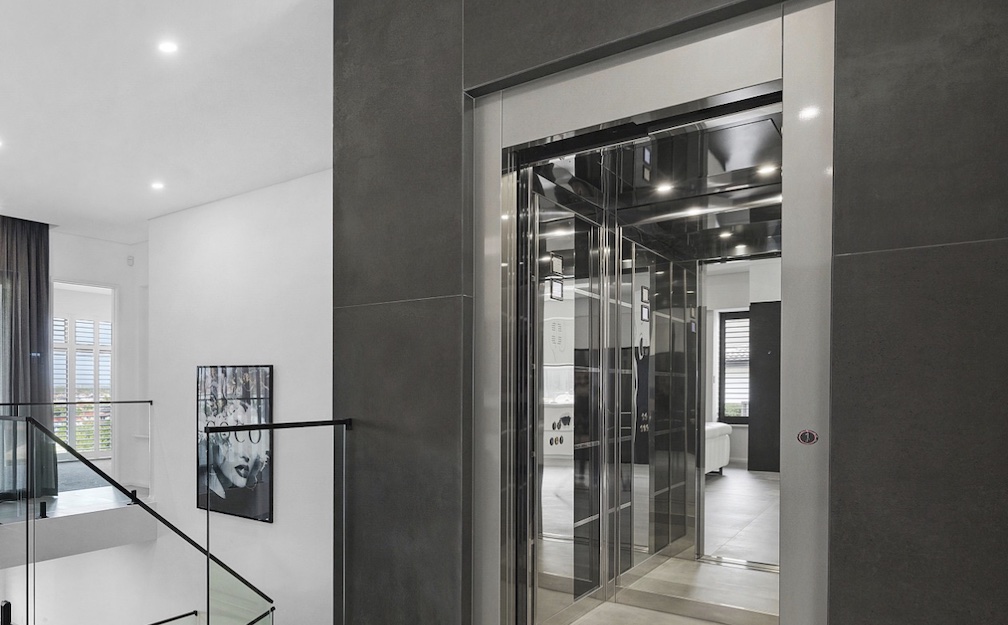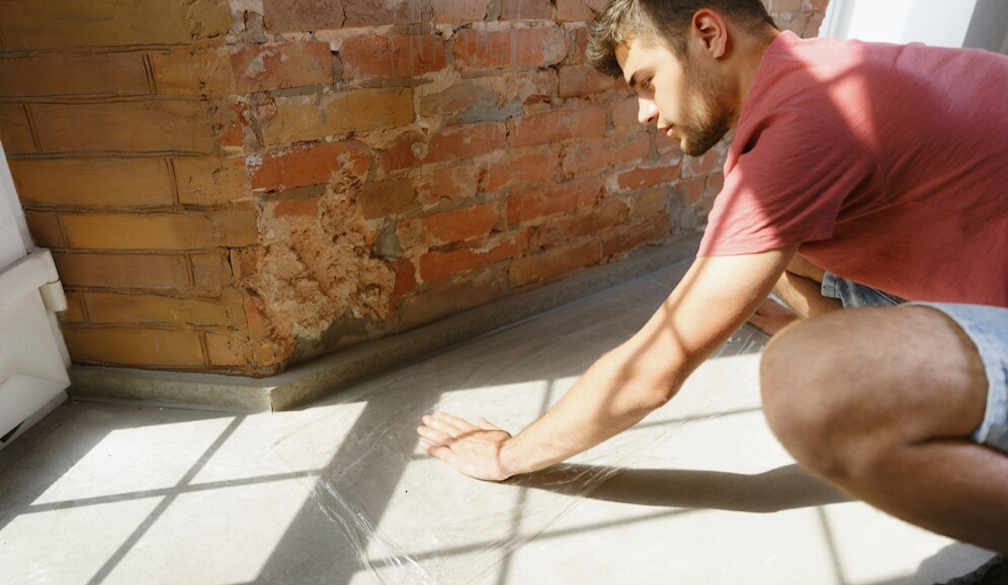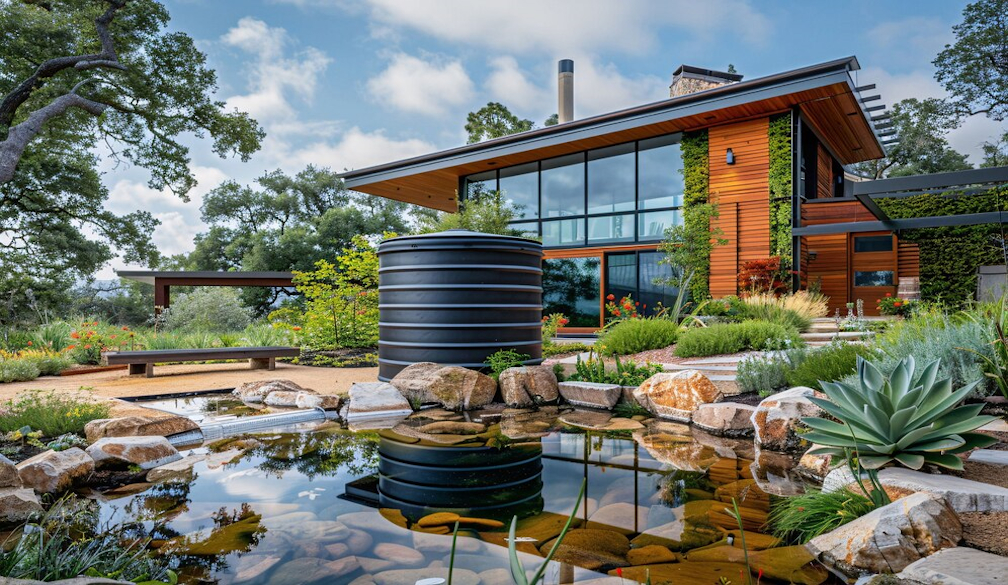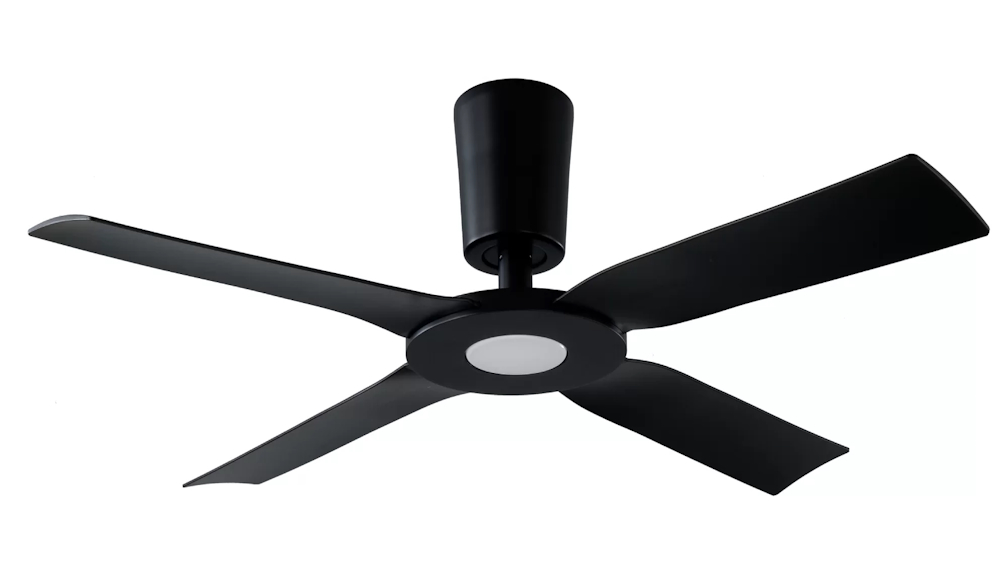How Much Does a Residential Lift Cost?
- Written by The Advertiser

Residential lifts, also known as home lifts or house lifts, provide convenience and accessibility for individuals with mobility challenges or those who simply want to enhance their home's functionality and value. If you're considering installing a residential lift, one of the first questions that may come to mind is, "How much does a residential lift cost?"
Benefits of Residential Lifts
Before diving into the cost details, let's briefly touch upon the benefits of having a residential lift. Firstly, residential lifts https://platinumelevators.com.au/how-much-does-a-residential-lift-cost/ offer a significant convenience factor, allowing residents to easily move between different floors without the need to climb stairs. This can be particularly advantageous for elderly individuals or those with physical limitations.
Additionally, residential lifts can enhance the value of your property. They add a touch of luxury and sophistication, making your home more appealing to potential buyers or tenants. Furthermore, having a residential lift future-proofs your home, allowing you to age in place comfortably and securely.
Factors Affecting the Cost of Residential Lifts
Several factors contribute to the overall cost of a residential lift. Understanding these factors will help you make informed decisions and budget accordingly.
Lift Type and Configuration
The type and configuration of the lift play a significant role in determining the cost. Different lift mechanisms, such as hydraulic lifts, electric traction lifts, and pneumatic vacuum lifts, vary in terms of price and functionality. Some lifts may require additional construction work, such as a separate machine room or a hoistway, which can increase the overall cost.
Capacity and Size
The size and weight capacity of the lift also influence the cost. Larger lifts capable of accommodating wheelchairs or multiple passengers will generally cost more than smaller, single-passenger lifts. It's essential to consider your specific needs and the available space in your home when selecting the lift size.
Installation Requirements
The installation requirements for a residential lift can impact the cost significantly. Factors such as the complexity of the installation, the distance between floors, and the need for structural modifications will affect the overall price. In some cases, additional building permits and inspections may be required, adding to the overall cost.
Customization Options
Residential lifts offer various customization options, allowing you to tailor the design and aesthetics to match your home's interior. Customization options, such as flooring, lighting, cabin finishes, and control panels, can add to the overall cost of the lift.
Maintenance and Service
It's essential to consider the long-term costs associated with maintenance and service. Lifts require regular servicing and occasional repairs, so factoring in these ongoing expenses is crucial when determining the overall cost.
Different Types of Residential Lifts
Residential lifts come in various types, each with its own unique features and price point. Here are three common types of residential lifts:
Hydraulic Lifts
Hydraulic lifts use hydraulic fluid and a piston system to raise and lower the elevator car. They are known for their smooth and quiet operation. Hydraulic lifts are often chosen for their reliability and can be installed in homes with multiple floors.
Electric Traction Lifts
Electric traction lifts use a system of ropes and counterweights to move the elevator car. They are efficient and provide a comfortable ride experience. Electric traction lifts are suitable for both low and high-rise residential buildings and offer a range of design options.
Pneumatic Vacuum Lifts
Pneumatic vacuum lifts utilize air pressure to move the elevator car. They are an innovative and space-saving option, particularly for smaller homes or areas with limited space. Pneumatic vacuum lifts often have a modern design aesthetic and are known for their panoramic views.
Cost Range for Residential Lifts
Residential lifts vary in price, depending on the type, size, and additional features. Here's a breakdown of the cost range you can expect:
Basic Lifts
Basic residential lifts, such as small hydraulic or pneumatic lifts with standard features, typically range from $20,000 to $30,000. These lifts are suitable for single-passenger use and may have limited customization options.
Mid-Range Lifts
Mid-range residential lifts with additional features and customization options typically fall within the range of $30,000 to $50,000. These lifts offer more design choices, higher weight capacities, and smoother rides.
High-End Lifts
High-end residential lifts, including larger hydraulic or electric traction lifts with extensive customization options, can cost anywhere from $50,000 to $100,000 or more. These lifts are often designed for luxury homes and offer advanced features, premium finishes, and spacious cabins.
Conclusion
Installing a residential lift is an exciting prospect for homeowners who want to increase mobility inside their homes. While the initial cost of the lift can be expensive, the benefits of having a lift far outweigh the costs. By taking into account the various factors involved in the lift installation and following proper safety protocols, homeowners can enjoy the convenience and luxury of a residential lift without breaking the bank.









